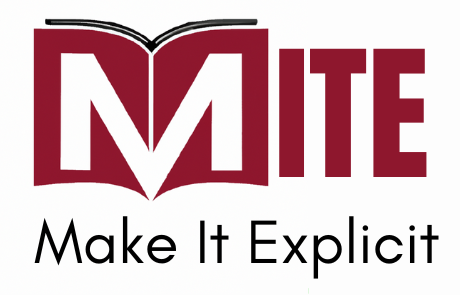Talks by Alessandro Adamou & Eva Von Contzen
Speaker: Alessandro Adamou, Bibliotheca Hertziana, Max Planck Institute for Art History (slides)
Title of the talk: Capturing the aesthetic experience and structuring human engagement with art, music and literature
Abstract: Studies in the humanities and in cultural heritage provide different yet complementary perspectives on the human experience in admiring a painting, listening to a piece of music, reading a novel, or listening to someone read it aloud. While the former focuses on reflecting on the factors of aesthetic engagement, and the ways it affects the individual, the environment, or the aesthetic object itself, for the latter it is primarily a question of preserving the documentation – diaries, letters, reviews etc. – which holds its evidence. Yet, research efforts to organise and structure the experience itself as if it were an object of intangible cultural heritage by its own right, and to relate it to its evidence, are still sparse. Whilst the usefulness of such an endeavour may have been called into question in the past, recent advances in linguistic models offer a range of potential use cases.
This seminar covers a decade-long effort to understand and operationalise representational paradigms for formalising the knowledge surrounding such aesthetic acts into semantically structured datasets, with the goal of having them a reference for future Linked Open Data projects. We discuss how the pioneering projects UK-RED and LED tried to establish an initial phenomenological framework for the histories of literature and music. We will then return to the reading experience and argue how the READ-IT project attempted to separate engagement and response, to then generalise the output on a logic based on ontological patterns. We conclude with a reflection on current and future applications in follow-ups in the field of art history, with an outlook on how the hermeneutic dimension could gradually be incorporated into this vision.
Bio: Alessandro Adamou is Digital Humanities Scientist at the Bibliotheca Hertziana – Max Planck Institute for Art History, where he leads the [KG]^2 (Knowledge Graph | Kunstgeschichte) initiative. His main expertise is in the areas of the Semantic Web, knowledge graphs, ontological networks and their computational and cognitive applications to the humanities. Alessandro’s core research interests include identifying ways to formally model data about intangible aspects of cultural heritage, including human experience, tradition, and aesthetic interpretation. In collaboration with the Royal College of Music, he developed LED (AHRC), the first dataset on the documented experience of listening to music built through crowdsourcing and Linked Data; he also contributed formal models for the representation of reading projects with the READ-IT project (JPI-CH). He is also involved in various international dissemination activities for the digital humanities, including the organising committee of the HyperText conference (2023-24) and the WHiSe workshop series (2016-20). Previously, Alessandro was a lecturer in computer science at the University of Galway (Ireland) and a researcher at The Open University (Milton Keynes, UK) and at the Consiglio Nazionale delle Ricerche (Rome, Italy). In these prior posts, he explored transversal applications of Linked Data to several other domains, such as Learning and Education, Smart Cities—his work on which has attracted several awards and nominations—, Content Management, and Industry 4.0. More recently, he has been among the recipients of funds from the DFG and Swiss National Fund for the project “Peirce interprets Peirce. A Computational Exploration of His Original Manuscripts”, due to start in Fall 2025.
Speaker: Eva Von Contzen, Albert-Ludwigs-Universität Freiburg
Title of the talk: Historical Narratology and Character(s): Types and Transtextuality
Abstract: In medieval literature, characters are often typified: they tend to be stock characters, representing types rather than individuals. Instead of seeing character types as a weakness or limitation, I am going to focus on the productiveness of a type-based understanding of character and its implications for medieval story-telling. In particular, types can be very useful for reconsidering plot, and for investigating into transtextual characters, that is, characters such as Hercules, King Arthur, or Gawain, who transcend the boundaries of one text and appear in various contexts. To what extent do we need to reconsider ‘character’ as a narratological category in view of premodern narrative?
Bio: Eva von Contzen is Professor of English Literature including the Literatures of the Middle Ages at the University of Freiburg, Germany, and Director of the Centre for Medieval Studies. Her research interests include narrative theory, especially historical narratology, reception studies, lists and forms of enumeration, as well as cognitive literary studies and literary history. As PI of the ERC Consolidator Grant “Retelling and Repetition”, she currently researches the intersections of narrative and phenomena of repetition in a diachronic trajectory.
